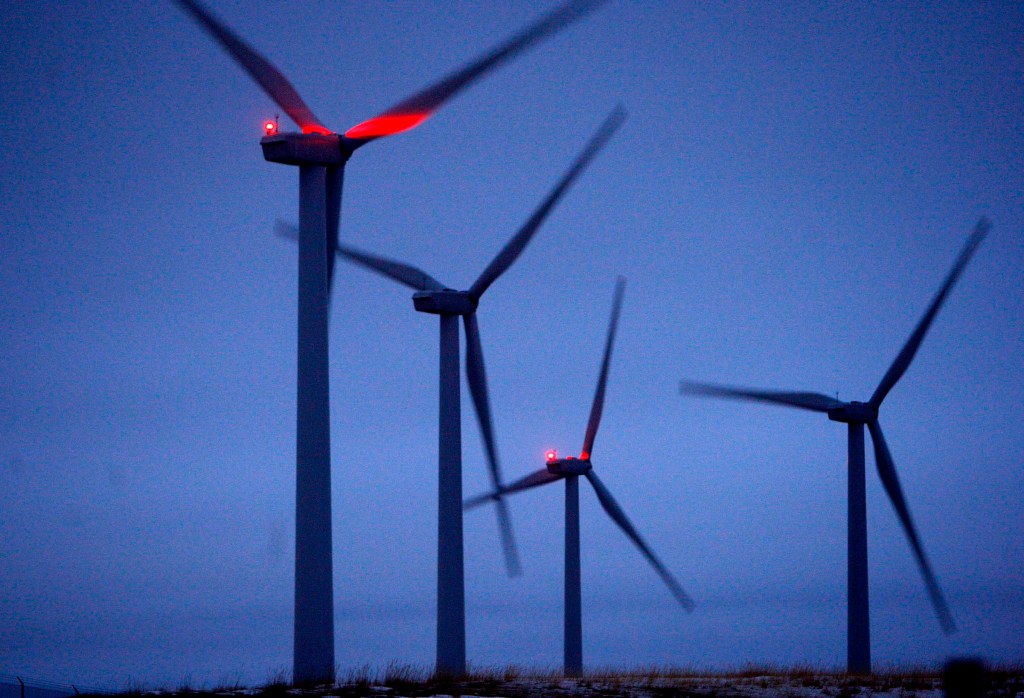A legislative committee gave wind power opponents their first setback in a while this week by tabling a baker’s dozen of bills aimed to slow the development of onshore wind energy projects.
A moratorium on future projects and studies of the impacts of wind power on noise, views and property values were among the bills that have been put aside.
But when the Energy, Utilities and Technology Committee reconvenes today, members should ask themselves if not doing anything is really enough.
The experience of Highland Wind LLC, where a well-organized but tiny group of neighbors has stood up against a well-financed and conscientious developer — dragging out the regulatory process to extremes — suggests that it may take more action by the government to get this industry moving.
Most polls show overwhelming support for wind power development in the state. Entrepreneurs are proposing billions of dollars worth of investments here. The industry has critics, but there are also supporters in the environmental movement who say that no-emission energy should be part of our future.
But despite years of attempts to streamline the regulatory process, there is still no clear path for developers who want to know what they have to do to get a project permitted. Without that, those investors will inevitably look somewhere else.
The Legislature and governor could show some much-needed leadership and help clarify what it takes to successfully get wind power projects off the ground. Or they could just stand back and let the billions of investment, and the construction jobs that would be created, go to another state.
Every policy question like this is a balancing act. Every development has environmental impacts, and some are intolerable. As a tourism state, Mainers profit from their views.
But the Legislature and the governor should be able to say that wind power is part of our energy mix, and here’s where it can go.
Or they can change the sign in Kittery to say that when it comes to this business, Maine is not open.
Send questions/comments to the editors.


